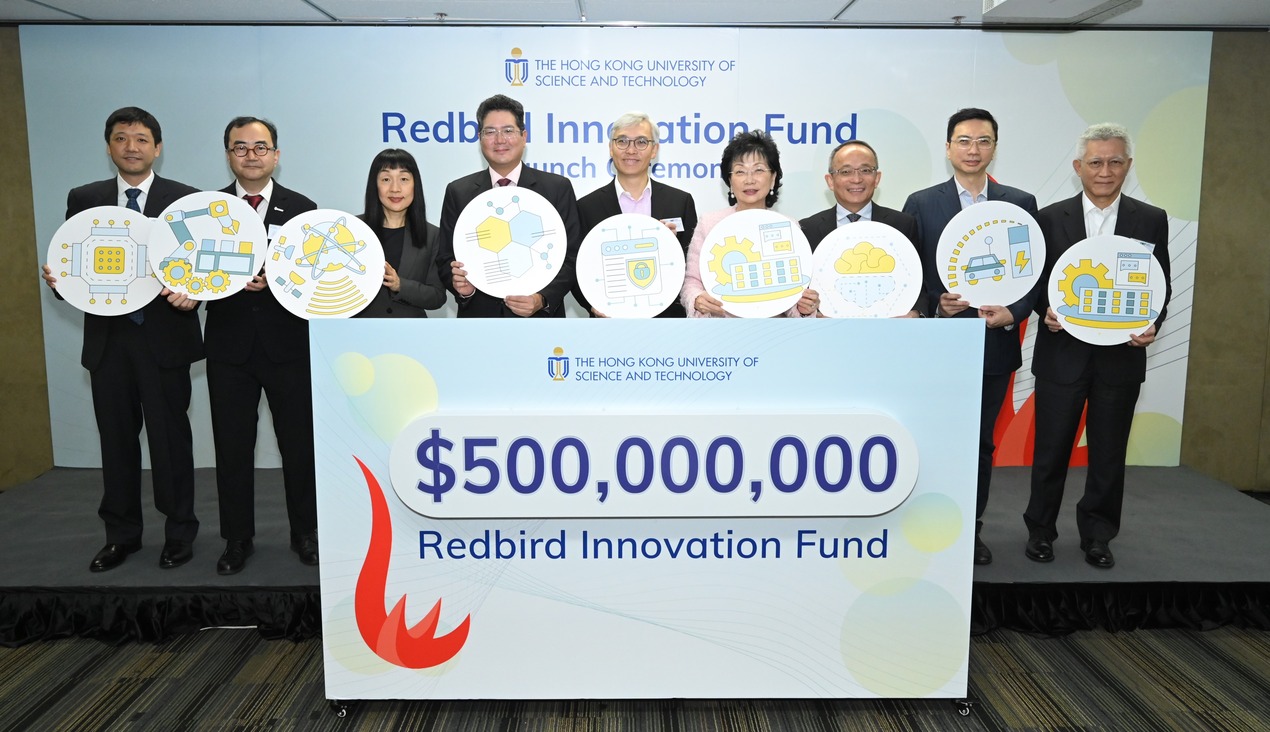
There’s no question the global pandemic has meant a further acceleration toward digital transformation by both government and industry. But with so much happening so fast, it is hard to know what is happening and what is actually helping.
OpenGov Asia had a chance to speak exclusively with Peter Lees, Chief Technologist and Head of Pre-sales for SUSE Asia Pacific & Japan, and with Tan Meng Wai, Head of Customer Engineering, Global Public Sector, Google Cloud Asia Pacific, about one of the fastest, most efficient ways to achieve transformation.
SUSE, a global leader in innovative, reliable and enterprise-grade open source solutions, has partnered with Google Cloud, the creator of the open-source Kubernetes platform, to deliver an agile, streamlined application delivery platform to launch a DevOps business model.

Peter Lees explained, “If you think about what we mean by digital transformation, it’s the idea that every single business process has to be expressed in some digital form. And if you want to adapt it, it has to be done in a digital form. The faster you can do that, then the faster you can bring that idea, business or service to market. That’s the advantage that these microservices-based, agile technologies bring you.”
Specifically, Peter is talking about Containers, the smallest units that you can put an application in and run it. He describes it as a very tiny virtual machine. “The great thing about containers is, it makes it easy to move items around, to change them, to update your application quickly. But this can cause problems. You may have hundreds or thousands of containers to run one application. It would be best if you had something to manage all that, and that’s what Kubernetes is all about. It’s like the sheepdog that manages the sheep.”
Peter may be drawing on his native Australian roots, perhaps envisioning a sheep ranch in the Outback, but you get the reference, right?
Google Cloud’s Meng Wai agreed that Kubernetes is a portable, extensible, open-source platform for managing containerised workloads and services. “The reason it is important, it gives organisations the ability to roll out new capabilities, new applications and new customer experiences at a speed which was previously not possible.”
Peter added that containers also help ease the transition in another way, “If you broke up your big application into ten microservices, and you needed to run each of those micro-services on its own virtual machine, you will end up using a lot of virtual machines. Then you multiply that by the number of applications that you are running concurrently, you are going to end up using a lot of resources, just to run some small bits of code.”
Microservices are a way to make rapid changes to your applications so that when a new business opportunity comes along, or something catastrophic happens, like a public pandemic, and you need to change everything, then you can make those changes quickly and consistently, he explains.
“It’s not just one management tool managing a whole set of containers. It groups things. When you start an application, you’re starting twenty or thirty containers that are all working together, all talking together to make the full application. What Kubernetes can do is make sure all those containers are running together, talking together, have the same security context, are all started at the same time.”

Meng Wai said it can also enable an organisation’s multi-cloud strategy, “Because it’s open-source, it runs equally well on-premise in a private cloud, and also allows organisations to scale and take advantage of public clouds. So I think Kubernetes, containers, DevOps – all these work well together to address concerns, about technology, process, or culture, and can enable organisations to accelerate their digital transformation strategy.”
He continued, “What Google Cloud offers is a shared responsibility model. If an organization runs Kubernetes on a private cloud, they take responsibility for everything. They’re responsible for the infrastructure, security, and applications. We offer a shared responsibility model; if you look at the bottom of the stack for ‘Infrastructure as a Service,’ we manage everything from infrastructure, hardware, and storage. On the other extreme, Software as a Service, we’ll manage everything except content.” With Kubernetes, we manage the Kubernetes infrastructure removing some key operational tasks from the customer.
Customers must still bring the ability to deploy their applications and secure their applications because the workload is still theirs, cautioned Meng Wai and Peter. They add that cloud migration, obviously, is a complex execution that needs to be planned and executed very carefully. Businesses should begin by defining a starting point and an end point.
“Assuming a lot of customers are starting on-prem and would like to move to the public cloud to take advantage of the scalability of the public cloud, here are the steps for consideration. You need to understand and assess the type of workloads that you have,” said Meng Wai.
Generally, there are two types of workloads, the ‘legacy’ workloads and ‘cloud-native’ workloads. Legacy workloads were developed without any consideration for cloud because they probably existed before cloud technologies, so it can be difficult and quite expensive to modify and run on a cloud. On the other hand, cloud-native workloads are natively scalable, available and leverage the security models of cloud technologies.
There are also different types of migration. There is the “lift and shift,” which is moving one VM on-prem to another VM on the public cloud to take advantage of the scalability. But with Kubernetes technology, can do even better with an approach called Lift and Optimise.
“So instead of just moving a VM to VM, there’s the ability to containerise it and run it on Kubernetes to take advantage of the scalability and agility offered by containers,” said Meng Wai.
Another type of migration is “Rip and Replace”. For applications that are just too painful and expensive to move, it makes more sense to redevelop the entire application taking advantage of cloud-native technologies and moving it to the public cloud.
Peter said, “the general idea here is that it does take planning. There are standard things to think about regardless of what type of migration you’re thinking of doing. What’s your disaster recovery plan? What kind of network security do you need? How are you going to make sure the right people are accessing the applications the right way? These are fundamental things that will need to be applied, that are not really new, because the cloud exists, but how do you answer them in the cloud context.”
Compliance and security are also critical issues to consider,” said Meng Wai, “In a shared responsibility model, we take on some of these regulatory risks working with our compliance teams, our public policy teams and with customers to understand the regulatory and compliance requirements specific to industries and countries.”
He continued, “For example, Google Cloud has a capability called Computing with Confidential VMs. It’s key because it addresses the last mile of data encryption. We’ve always talked about data encryption at rest, data encryption in transit, so what Confidential Computing provides is data encryption in processing as well. This provides the ultimate security in encryption for customers regardless of where the data is residing, is moving or is processing. .”
And as a practical example, Peter pointed to a surprising industry that’s benefitting from the SUSE and Google Cloud tie-up, “In the retail space across Europe and America, especially vendors who are seeing a lot of growth at the moment. Because of the restrictions, they have to bring all their business to a digital world, rather than a physical world; they’re seeing great advantage to moving over to a cloud-based model so they can make use of this. Combined with SAP and their logistics system, SUSE is an obvious choice.”
















